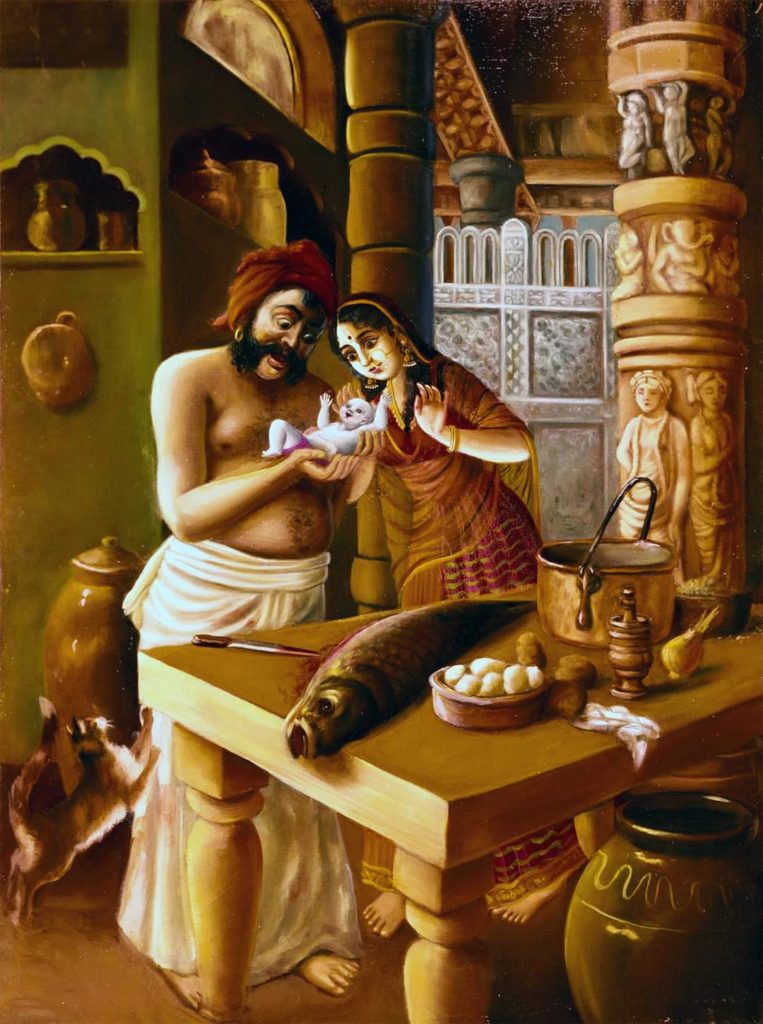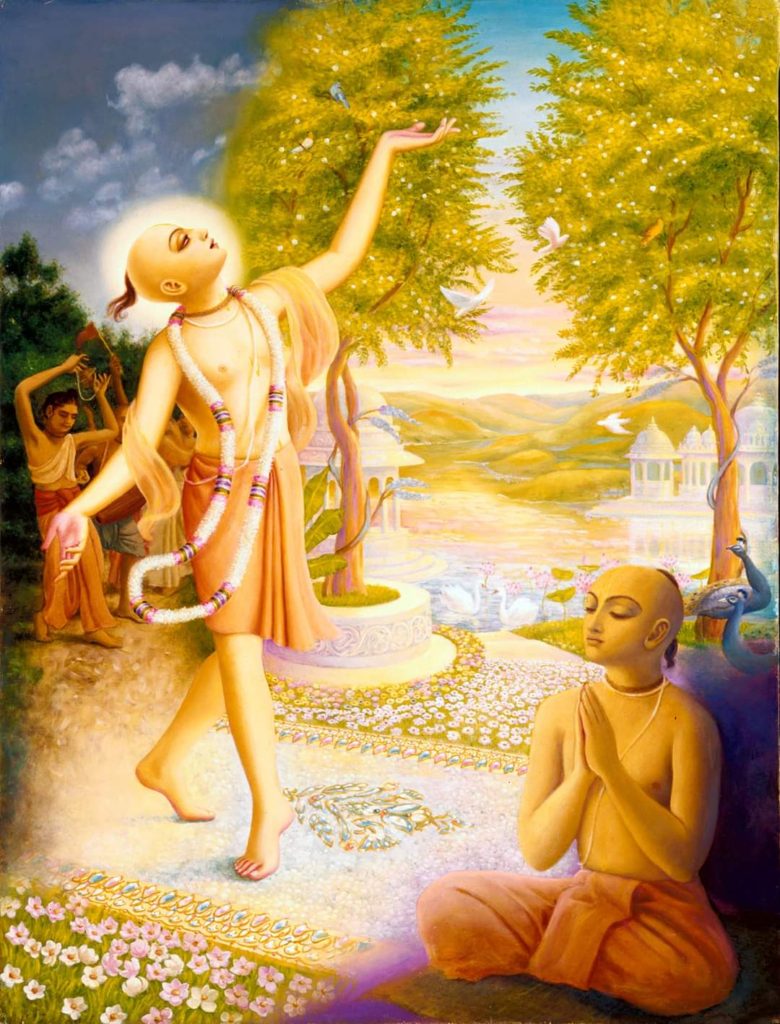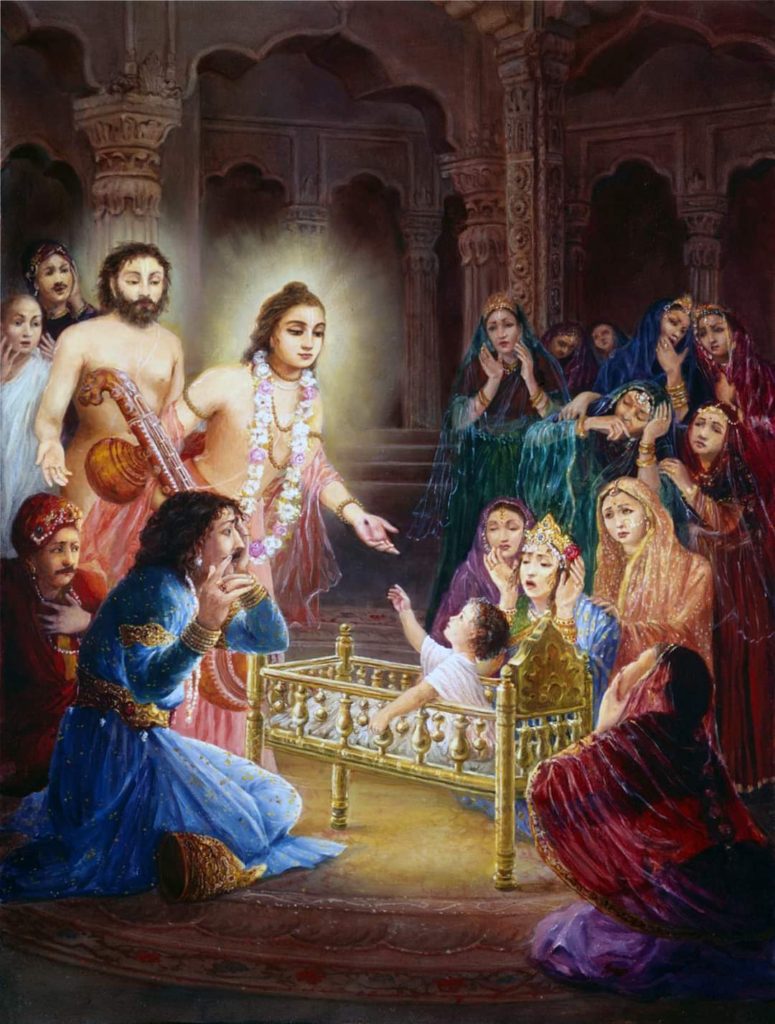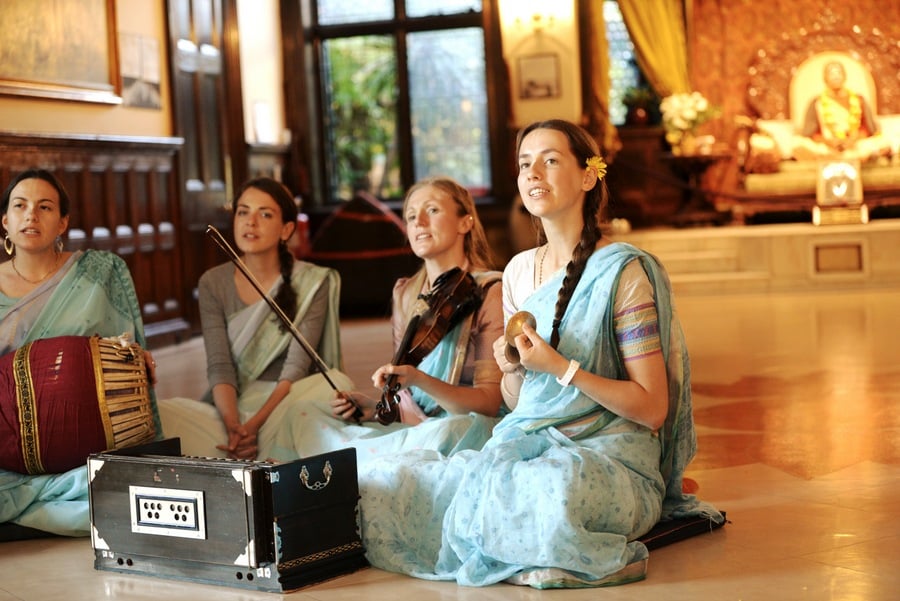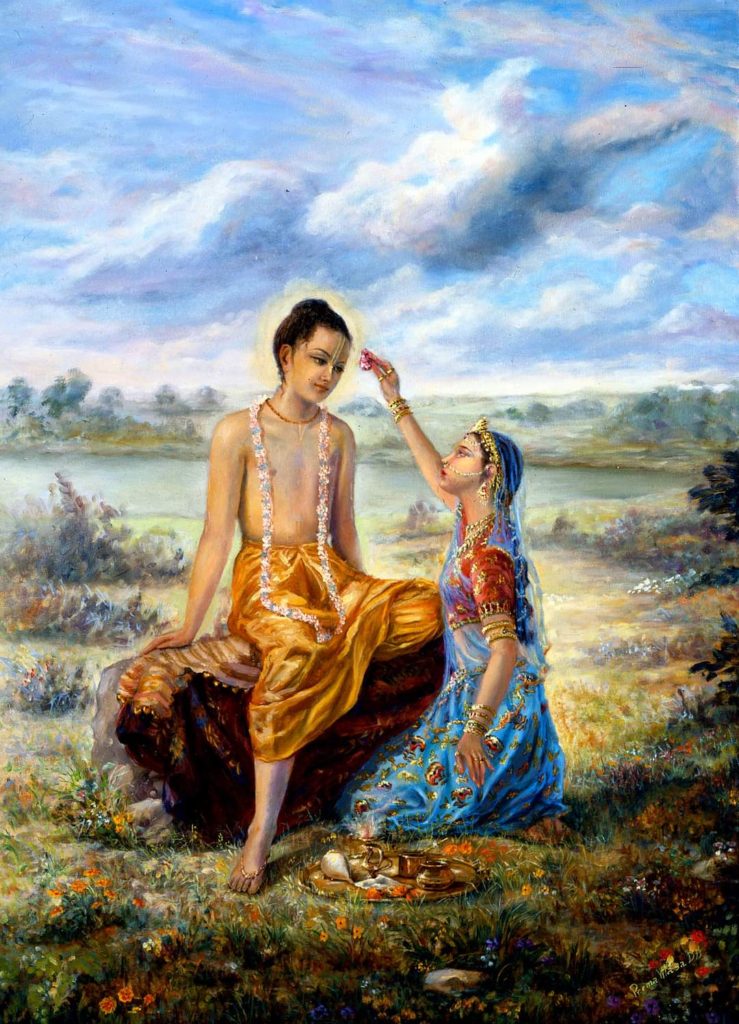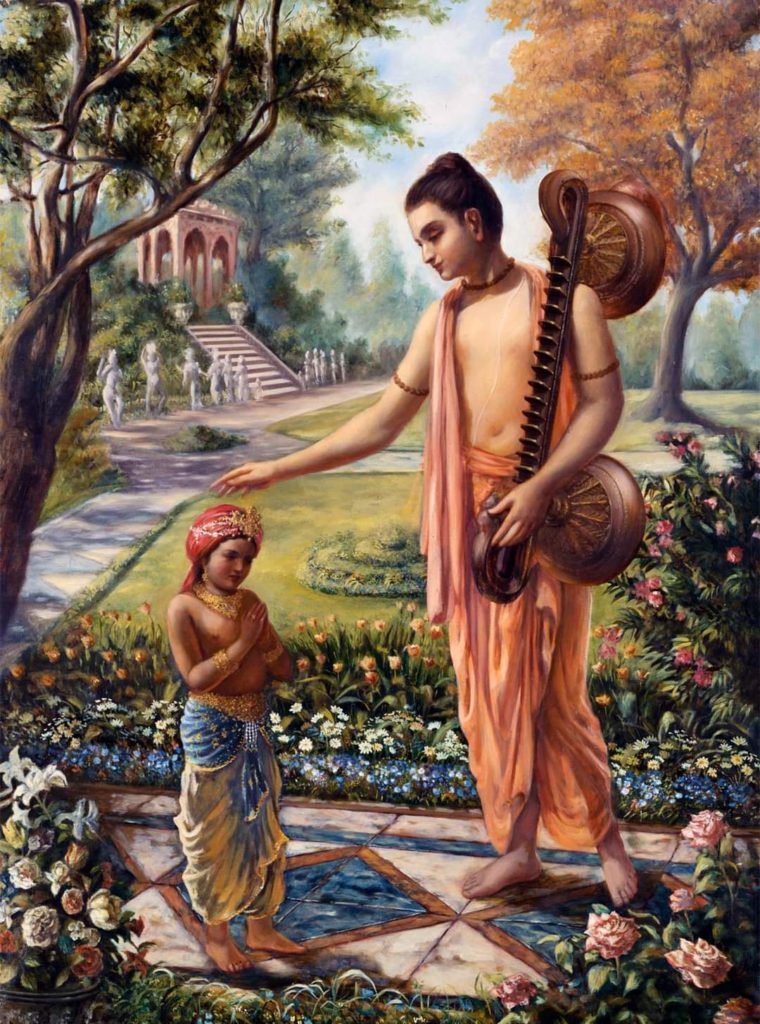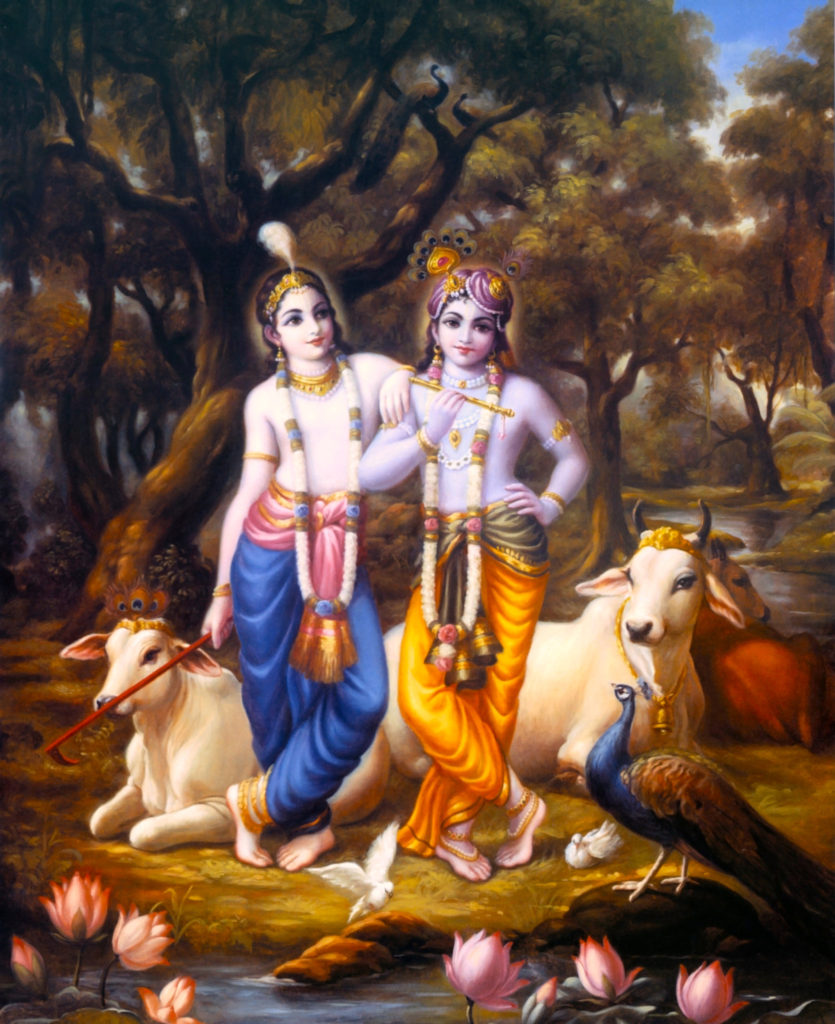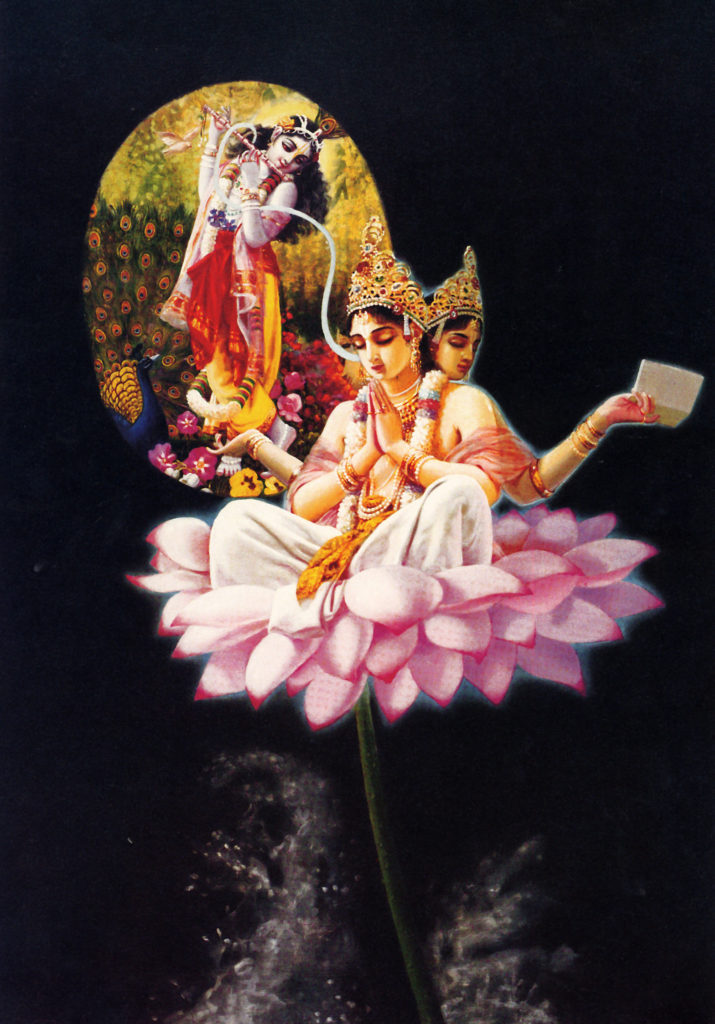Being a father or mother in Krsna Consciousness can be a little confusing. On the one hand, there is this small child who appears as our son and gradually grows and develops his intelligence and personality. At the same time, we philosophically understand that the soul is eternal and nobody is actually anyone’s son, since we are all eternal parts and parcels of Krsna.
In the 6th canto of Srimad Bhagavatam, we have the story of King Citraketu, who first could not conceive a son, and was eventually blessed to have a son who would give him great jubilation but also great lamentation. The great jubilation was the joy of being a parent and enjoying the company of the child, and the great lamentation was the toddler’s premature death.
Seeing the great lamentation of the king with the untimely death of his son, Narada Muni called the soul to reenter the body for a short time. However, now, the soul was not tied by the illusion connected with the body and spoke from the true perspective of an eternal soul. He said:
“According to the results of my fruitive activities, I, the living being, transmigrate from one body to another, sometimes going to the species of the demigods, sometimes to the species of lower animals, sometimes among the vegetables, and sometimes to the human species. Therefore, in which birth were these my mother and father? No one is actually my mother and father. How can I accept these two people as my parents?” (SB 6.16.4)
Similarly, when the son of Srvasa Pandita died during a kirtana, Sri Caitanya Mahaprabhu also called the soul back to his body, and asked: “Why did you leave your father’s house?” To everyone’s surprise, the supposedly dead child opened his eyes, sat down, and started speaking: “My Lord I am Your eternal servant. And wherever You send me, that’s where I want to be. By the power of destiny and by the power of Your mercy I was allowed to live all these days in the auspicious home of Srivas. But now by the power of your will, my destiny is to move to another body. Who is my relative? Who is my father? Who is my Mother? When the time comes the soul must depart from the body. Now my Lord I beg You, please forgive me for any offenses I may have made and grant me the boon that wherever You send me I may have the association of Your devotees. With Your permission, I will now go.”
Reading such passages, how can one accept someone as his son or daughter? Why should we become parents in the first place? Is this not supposed to be just an illusion?
Continue reading →
206
